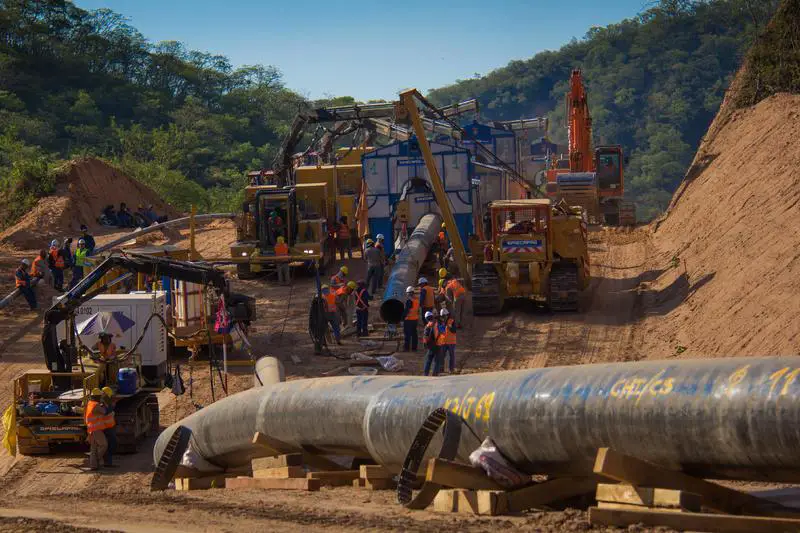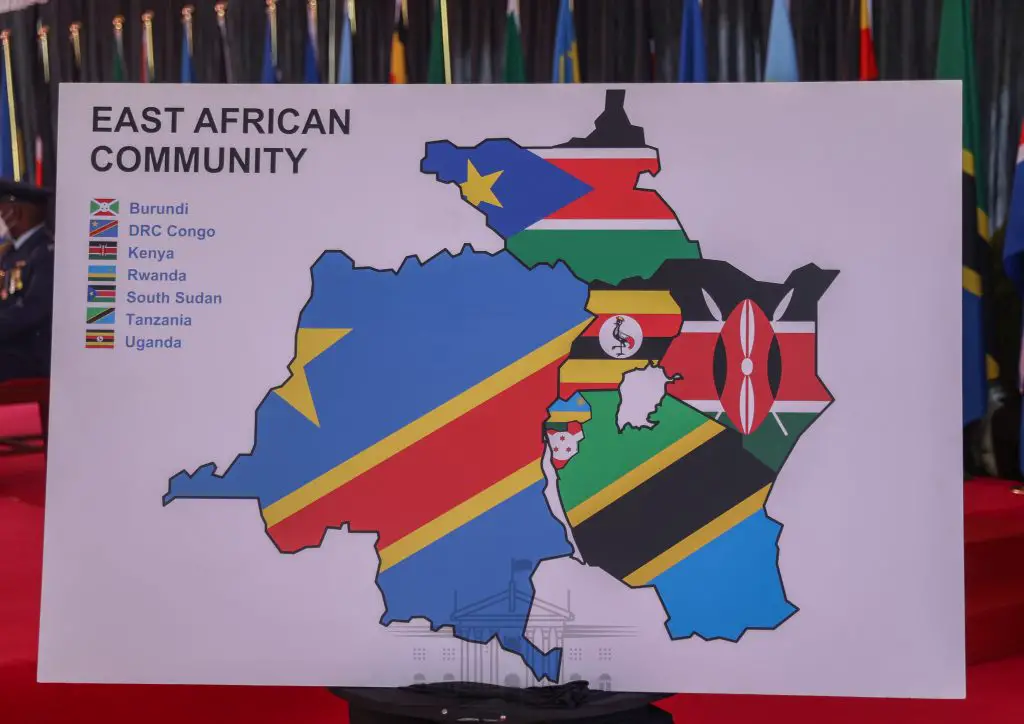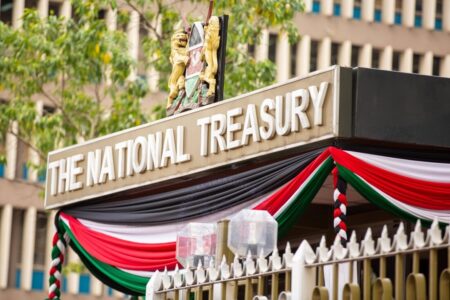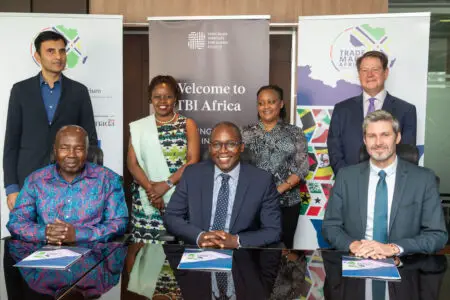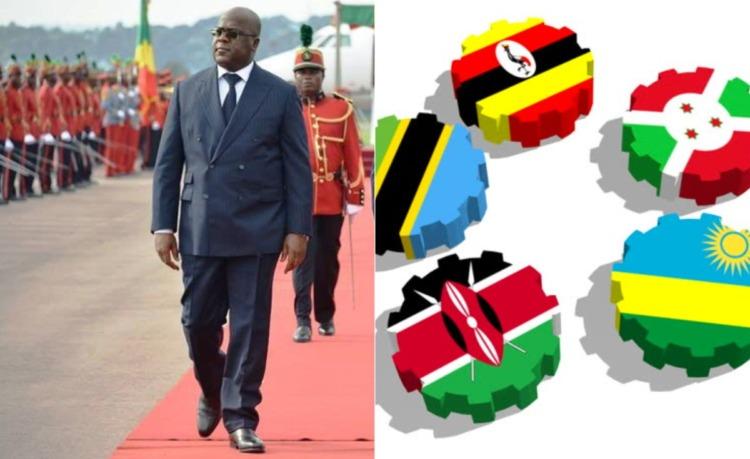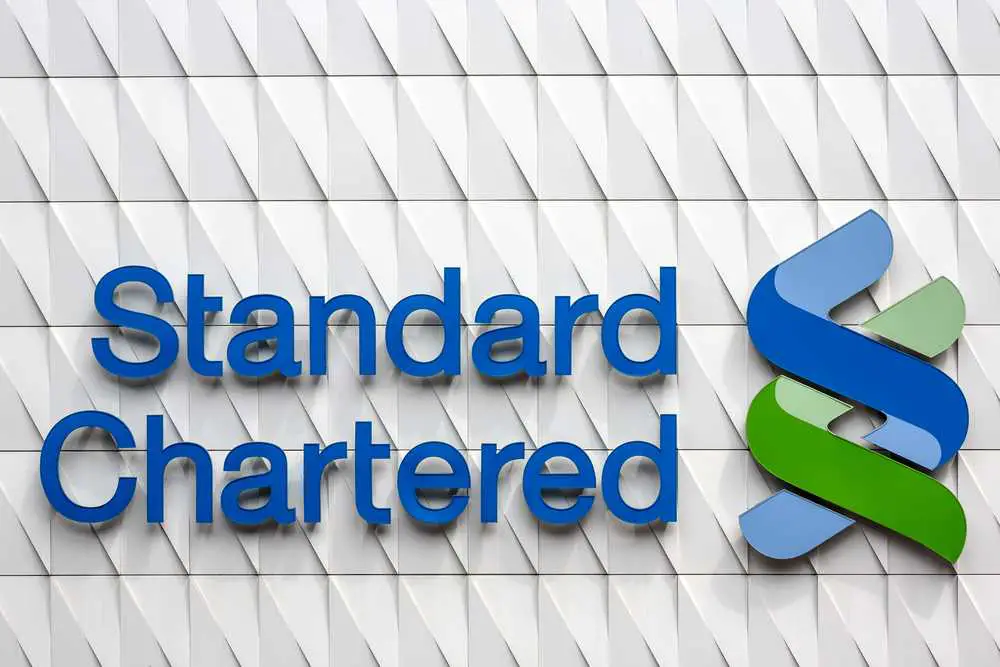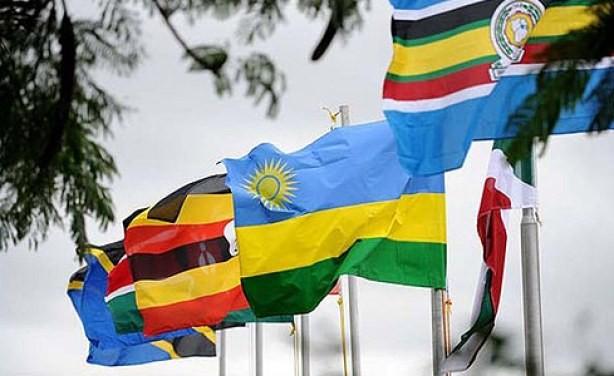- Africa’s new dawn: the rising role of digital and AI in agriculture
- Can Dangote Refinery Transform Africa Energy Ambition
- Gallup Survey: 80 per cent of Kenyan Workers Are Disengaged and Seek New Opportunities
- Madagascar Man Freed from 5KG Tumor After 15-Year Struggle
- How women in Africa are perceived and treated
- Sugar consumption in Kenya to Increase to 1.23 Million Tonnes
- Can Somalia and Turkey Oil deal Bring Change in Somaliland
- Remittances to Kenya dropped to $371.6 million in June, marking a six month low
Browsing: East Africa Community (EAC)
- Kenya is keen on extending its pipeline to Malaba (Kenya-Uganda border), with Uganda expected to construct a link line to Kampala.
- According to the Shippers Council of Eastern Africa (SCEA), Mombasa used to command up to 70% of transit business, but this has decreased to 60 per cent.
- Uganda imports an average of 2.5 billion litres of petroleum annually, valued at about $2 billion, with KPC handling at least 90 per cent of the volumes.
Kenya is courting Uganda in a fresh bid to retain and possibly increase petroleum exports amid increased competition from neighbouring Tanzania. In recent months, East Africa’s economic powerhouse has come under pressure from Tanzania, which is eyeing to tap more transit markets for imports and exports into the hinterland through the Dar es Salaam Port.
In the latest developments, Tanzania has offered to license Uganda National Oil Company (UNOC) to import petroleum products through Dar …
- Burundi is the other country projected to record one of the fastest growing economies in 2024, according to the IMF.
- The Fastest Growing Economies in 2024 (real GPD growth) projections index places Rwanda ahead of her regional peers with a projected growth of 7.0% next year.
- Tanzania comes in closely with a projected growth of 6.1% while that of Burundi is forecast to grow at 6%.
Rwanda, Tanzania and Burundi will be the fastest growing economies in East Africa in 2024, the latest projection by the International Monetary Fund (IMF) indicates, with all countries posting economic growth above the world’s average.
The Fastest Growing Economies in 2024 (real GPD growth) projections index places Rwanda ahead of her East African Community (EAC) peers with a projected growth of seven per cent this year.
Tanzania comes in closely with a projected growth of 6.1 per cent while that of Burundi is projected …
Nairobi will continue purchasing fuel on credit from three state-owned Gulf oil marketers until December 2024 in a plan the government is banking on to ease piling pressure on Kenya’s forex reserves.
The move comes in the wake of high expenditure on oil imports even as Kenya remains a net importer grappling with a widening trade deficit that hit $10.8 billion last year. Last year, Kenya’s expenditure on imports rose by 17.5 per cent to $16.9 billion (KSh2.5 trillion), despite growing export volumes.…
Kenyan manufacturers have raised concerns over several proposals in the Finance Bill 2023. The country looks forward to the next financial year’s budget that the treasury cabinet secretary will table in June. The country’s National Treasury has proposed several new tax measures. Under these measures, the public and private sectors will cough more taxes to fund the 2023/24 budget.…
- Kenya’s forex reserves dipped to $6.2 billion on May 19, an eight-year low, before a slight improvement to $6.4 billion on May 26.
- At $6.4 billion, Kenya’s reserves are just 3.60 months of import cover, which is below the Central Bank of Kenya’s desired target.
- What’s more, the reserves are below the East Africa Community preferred threshold of 4.5 months of import cover, hence exposing the country to high volatilities in the global market.
A dip in export earnings, coupled with reducing diaspora inflows at a time of huge debt repayments have left Kenya grappling with low forex reserves, raising concerns on the health of East Africa’s economic powerhouse.
The low forex reserves are further compounding the dollar shortage problem that has been gripping importers for months. Importers, mainly in the manufacturing and the energy sectors, have been struggling to secure the greenback to replenish their suppliers.
Kenya’s forex reserves
…- They will closely collaborate in trade facilitation and financing in order to grow trade across the continent.
- The organizations are keen to support implementation of the Africa Continental Free Trade Area (AfCFTA) which became effective in 2021.
- The AfCFTA aims to create a continent-wide market of USD3.4 trillion and 1.3 billion people.
Leading aid for trade organization TradeMark Africa -TMA (formerly TradeMark East Africa), global government advisory organisation, Tony Blair Institute (TBI) and catalytic fund Trade Catalyst Africa (TCA) have come together to support trade in Africa.
TCA is a subsidiary of TMA.
The three have signed a Memorandum of Understanding (MoU) to closely collaborate in trade facilitation
and trade finance in order to grow trade across the continent.
The organizations are keen to support implementation of the Africa Continental Free Trade Area (AfCFTA) which became effective in 2021.
The AfCFTA aims to create a continent-wide market of USD3.4 trillion …
Will the entry of Democratic Republic of Congo (DRC) into the East Africa Community (EAC) help stabilise the political situation in the country? Well, the country is unstable, with civil unrest in some parts, the risks which must be assessed before admitting the country into the regional bloc.
With DRC President Felix Tshishekedi on Friday officiating the launch of the EAC verification mission, the country is inching closer to joining the community.
The DRC head of state was presented with the EAC flag by the EAC Secretary-General Peter Mathuki to mark the unveiling of the mission as he launched it in Goma Eastern DRC.
President Tshishekedi hailed the progress made by the Community in its integration agenda, adding that DRC was committed to joining the EAC at the earliest opportunity.
Suitability of DRC
According to a statement from EAC, the verification mission which will conclude on July 4 will assess …
Stanchart released the outlook for the EAC three big economies – Uganda, Kenya and Tanzania.
According to the outlook report, the bank lowered Uganda growth forecasts to 6.0 per cent in 2020 and 6.2 per cent in 2021.
According to the report, although it is difficult to assess the full impact of the regional locust invasion, food prices have already been pressured due to flooding especially in eastern Uganda in December last year.
“We now expect the Bank of Uganda to keep its policy rate on hold at 9.0% throughout 2020 having previously seen scope for more easing,” said part of the report.
The report adds that they project the Bank Of Uganda (BoU) will adopt a tighter policy stand to control inflation given the 2021 elections and the rising caution over the extent of the government’s public financing requirement.
Stanchart’s chief economist for Africa and the Middle East, Razia …
The value of intra-trade among East African Community (EAC) states increased to $5.98 billion in 2018 from $5.46 billion in 2017, accounting for a 9.4 per cent growth.
According to the East African Community Trade and Investment Report (2018), all EAC member states except for Burundi recorded growth in trade with their regional counterparts.
Uganda, Tanzania, Rwanda, South Sudan and Kenya’s combined exports to the East African Community and Southern African Development Community regions amounted to $3.1 billion and $1.9 billion in 2018 respectively showed a report prepared by the EAC Secretariat.
In 2015 and 2016, intra-EAC trade was in the negative zone. In 2018, Burundi’s total trade with other countries in the region fell by 11 per cent to $150.9 million from $162.6 million in 2017.
Kenya’s total trade with EAC partner countries rose to $1.95 billion in 2018 from $1.86 billion in 2017 an increase of 4.7 …
Exports from Tanzania have slightly increased, according to a recent economic review from the National Bureau of Statistics (NBS).
NBS’ second-quarter report, indicates that the economy has grown to 7.2 percent, anchored by the Information and Communications Technology (ICT), construction and water sectors, hence—still the external sectors records significant deficits, sparked by importation of higher goods imports.
The report showed that the overall balance of payments was a deficit of $37.7 million in the year ending September 2019 compared with a deficit of $276.4 million in the year ending September 2018. Meanwhile the current account deficit widened to over $2,1 billion from over $1.8 billion, owing to higher goods imports, particularly capital and intermediate goods which are used for production.
However, on the other side of the sector, the report argues that: Tanzania’s holds sufficient reserves to sustain its operations for over 6.1 months of projected imports of goods and …





